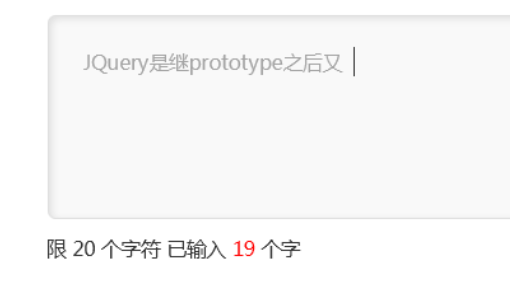使用 $exists 判断字段是否存在;2. 用 $eq 匹配 NULL 或结合 $exists 区分缺失与 null;3. 检查空字符串、空数组用 “” 或 $size: 0;4. 空对象可用聚合判断;5. 综合多种“空”情况用 $or 联合条件查询。

在 MongoDB 中判断字段是否为空,通常指的是判断字段是否存在、是否为 null、是否为空字符串(””)、空数组([])或空对象({})。根据不同的场景,可以使用不同的查询操作符来实现。
1. 判断字段是否存在(非空字段)
使用 $exists 判断字段是否存在:
{ "fieldName": { "$exists": true } } —— 字段存在{ "fieldName": { "$exists": false } } —— 字段不存在
例如:查找包含 email 字段的文档
db.users.find({ "email": { "$exists": true } })
2. 判断字段值是否为 null 或不存在
MongoDB 中 null 值和字段不存在在查询中表现相似。使用 $eq 可以匹配 null 和缺失字段:
db.users.find({ "email": null }) —— 匹配 email 为 null 或字段不存在的文档
若只想匹配字段存在且值为 null 的情况,结合 $exists:
db.users.find({ "email": { "$eq": null, "$exists": true } })
3. 判断字符串是否为空
检查字段是字符串类型且为空字符串:
db.users.find({ "name": "" }) —— 简单匹配空字符串
更严格的方式(确保是字符串类型):
db.users.find({ "name": { "$type": "String", "$eq": "" } })
4. 判断数组或对象是否为空
使用 $size 判断数组长度:
db.users.find({ "tags": { "$size": 0 } }) —— 匹配空数组
判断对象是否为空(如嵌套文档 {}),可使用聚合管道:
db.users.aggregate([ { "$addFields": { "isProfileEmpty": { "$eq": [ "$profile", {} ] } }}, { "$match": { "isProfileEmpty": true } }])
5. 综合判断:多种“空”情况一起处理
如果想找出字段为空(包括 null、””、[]、{}、不存在)的文档,可以使用 $or:
db.users.find({ "$or": [ { "status": { "$exists": false } }, { "status": null }, { "status": "" }, { "status": { "$size": 0 } } ]})
基本上就这些常见用法。根据你的数据结构选择合适的方式,尤其是注意区分“字段不存在”和“字段为空值”的需求。


